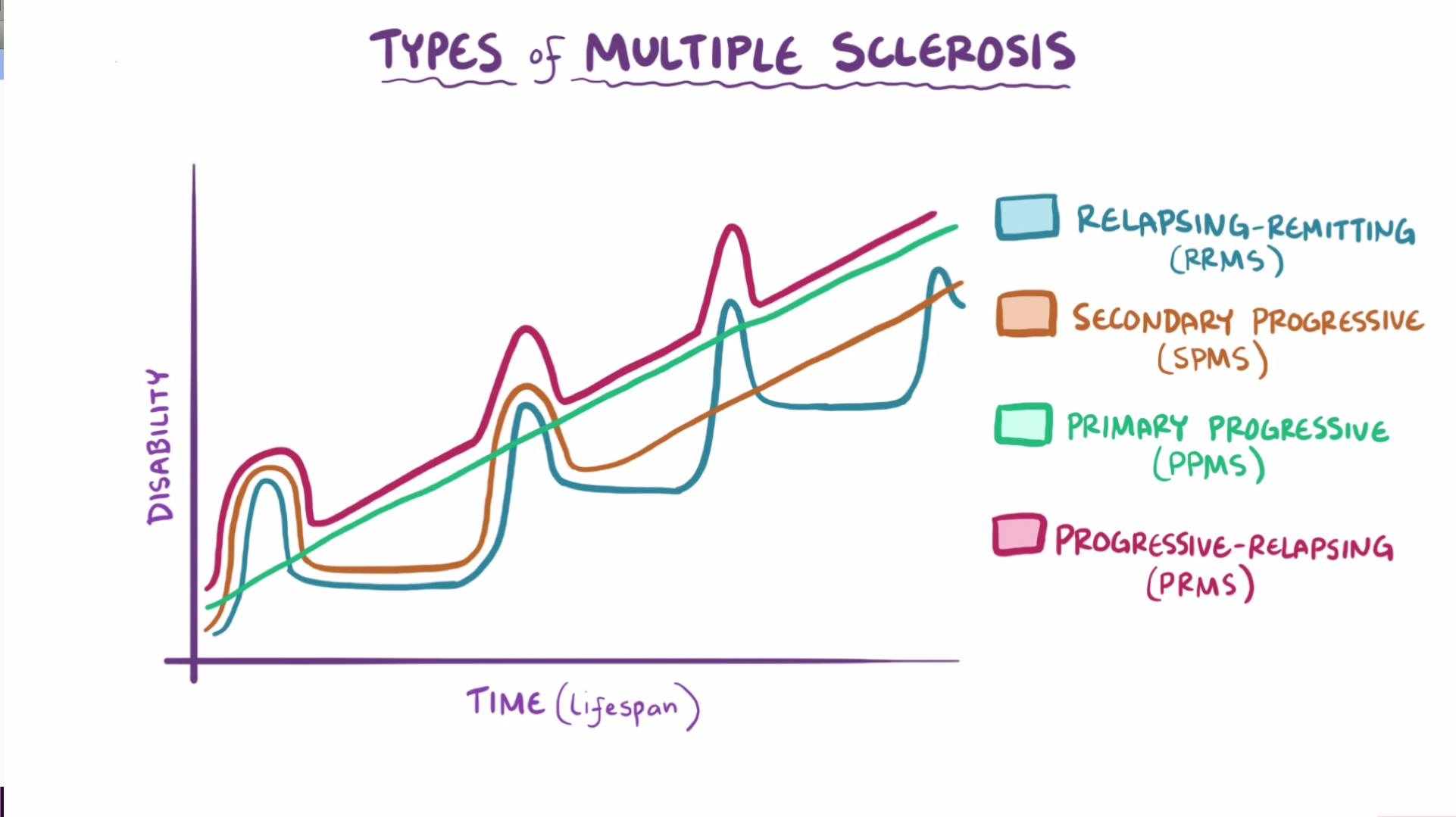Advancing Patient Outcomes: Market Insights into Emerging Primary Progressive Multiple Sclerosis Therapies

The Primary Progressive Multiple Sclerosis (PPMS) market is undergoing a significant transformation, shaped by a convergence of scientific progress, evolving epidemiological trends, and an increasing focus on addressing unmet medical needs. PPMS, a rare and debilitating variant of multiple sclerosis (MS), is characterized by steady neurological decline without distinct periods of remission. It accounts for approximately 15% of all MS cases globally, impacting patients' mobility, cognitive function, and overall quality of life. Unlike relapsing-remitting MS, PPMS presents a particularly high burden on patients and healthcare systems due to its unrelenting progression. As research efforts intensify and the therapeutic landscape evolves, there is renewed hope for improved clinical outcomes in this challenging segment of the neurodegenerative disease market.
For insights into the emerging trends and market dynamics shaping the future of Primary Progressive Multiple Sclerosis care, explore our in-depth analysis of Primary Progressive Multiple Sclerosis treatment market insights.
Primary Progressive Multiple Sclerosis Market Overview
The Primary Progressive Multiple Sclerosis market is projected to expand robustly over the coming years, driven by multiple converging factors. Analysts anticipate a healthy compound annual growth rate (CAGR), attributed to a rising global disease burden, advancements in diagnostic technologies, and the emergence of novel disease-modifying therapies (DMTs). Historically, MS treatments have centered on relapsing forms of the disease, leaving a therapeutic void for patients with PPMS. However, the approval of Ocrelizumab for Primary Progressive Multiple Sclerosis—the first FDA-approved therapy targeting this subtype—has redefined treatment paradigms. This milestone has spurred innovation across the pharmaceutical industry, with a growing pipeline of targeted therapies aiming to slow disease progression, promote neuroprotection, and improve patients’ functional independence. Investments in biomarker discovery and personalized medicine approaches are expected to further optimize treatment regimens and improve prognostic accuracy.
Primary Progressive Multiple Sclerosis Epidemiology
From an epidemiological perspective, the global burden of MS continues to rise, and PPMS represents a significant fraction of this trend. Over 3 million individuals globally are estimated to live with multiple sclerosis, with around 15%—or approximately 450,000 people—affected by the primary progressive subtype. The Primary Progressive Multiple Sclerosis prevalence shows marked regional variation, with higher rates reported in North America and Europe compared to Asia-Pacific, where environmental, genetic, and healthcare access disparities may influence reporting and diagnosis. Aging populations in developed regions further compound disease incidence, as PPMS typically manifests in adults between the ages of 40 and 60. Despite improvements in MRI-based diagnostics and clinical awareness, underreporting remains a concern in lower-income regions, where limited access to specialized neurological care and imaging technology restricts early detection and intervention.
For further insights and detailed research on Primary Progressive Multiple Sclerosis Epidemiology, visit the Primary Progressive Multiple Sclerosis patient pool.
Primary Progressive Multiple Sclerosis Market Drivers
Several key Primary Progressive Multiple Sclerosis market drivers are catalyzing growth and innovation. Increased disease awareness among both clinicians and patients has led to earlier diagnosis and proactive treatment approaches. The clinical success of Ocrelizumab in Primary Progressive Multiple Sclerosis has not only validated B-cell targeting as a viable therapeutic pathway but also encouraged broader research into immunological and neurodegenerative mechanisms underlying the disease. In addition, the integration of digital health solutions—such as wearable technologies for real-time monitoring of disability progression—and the use of real-world evidence in trial designs are enhancing both clinical trial efficiency and post-approval surveillance. Regulatory frameworks promoting orphan drug development have also incentivized pharmaceutical companies to invest in rare neurological conditions like PPMS, accelerating the pace of therapeutic innovation.
Primary Progressive Multiple Sclerosis Unmet Needs and Challenges
Despite these advancements, the PPMS market faces several persistent challenges and unmet needs. A substantial proportion of patients—especially those with non-active PPMS—remain untreated due to the limited efficacy of current therapies in halting disease progression in advanced stages. Many individuals continue to experience worsening neurological function even while on treatment, underscoring the urgent need for agents that promote neuroregeneration and myelin repair. High treatment costs further exacerbate disparities, particularly in countries with fragmented or underfunded healthcare systems. Beyond motor symptoms, clinicians emphasize the importance of managing non-motor manifestations such as cognitive decline, depression, and fatigue, which significantly impact quality of life. The absence of validated biomarkers for treatment monitoring and disease stratification also impedes the development of personalized care models, highlighting a crucial area for future research and investment.
For detailed insights on emerging therapies and trends within the Primary Progressive Multiple Sclerosis treatment market, download the full report.
Primary Progressive Multiple Sclerosis Competitive Landscape and Pipeline Innovations
The Primary Progressive Multiple Sclerosis competitive landscape is rapidly evolving, with several innovative candidates in the pipeline reflecting deeper understanding of PPMS pathophysiology. Among the most promising are Bruton tyrosine kinase (BTK) inhibitors such as tolebrutinib and evobrutinib, which aim to modulate both peripheral immune activity and central nervous system (CNS) inflammation by targeting microglial activation. In parallel, cutting-edge therapies such as stem cell transplantation and nanocatalytic agents like CNM-Au8 are being developed to promote neuroprotection and remyelination. Roche’s subcutaneous formulation of ocrelizumab, which recently showed non-inferiority to intravenous infusion in Phase III trials, is set to enhance patient convenience and adherence. New entrants like MediciNova and ImStem Biotechnology are also making strides, exploring immunomodulatory vaccines and mesenchymal stem cell therapies that could broaden the PPMS therapeutic arsenal.
Future Directions in Primary Progressive Multiple Sclerosis Treatment
Looking ahead, the future direction of the Primary Progressive Multiple Sclerosis market will hinge on continued progress in translational research, clinical innovation, and healthcare accessibility. Enhanced focus on biomarker development may unlock new possibilities in precision medicine, enabling earlier intervention and better tracking of disease activity. Cross-sector collaborations between academia, biotech firms, and regulatory bodies are likely to streamline the development of next-generation therapies. Moreover, equitable access to emerging treatments must remain a priority, particularly in underrepresented and underserved populations where disease burden is high and treatment options are limited.
Conclusion
In conclusion, the Primary Progressive Multiple Sclerosis treatment landscape is advancing at an unprecedented pace, offering new hope for improved patient outcomes in what has traditionally been a challenging therapeutic area. While significant progress has been made, especially with the approval and ongoing optimization of ocrelizumab, critical gaps in care persist—particularly in the realms of neuroprotection, affordability, and treatment personalization. As the market continues to evolve, strategic investment in innovative drug development, real-world evidence integration, and healthcare system strengthening will be vital to realizing the full potential of current and future PPMS therapies. The momentum building across the Primary Progressive Multiple Sclerosis market signals a transformative era for patients, clinicians, and stakeholders alike.
For further insights and detailed updates on this evolving field, visit our comprehensive insights and expert analysis.
Read More
About DelveInsight
DelveInsight is a leading business Healthcare consultancy and market research firm specializing in life sciences. It assists pharmaceutical companies by offering comprehensive, end-to-end solutions to improve their performance. Access all our healthcare and pharmaceutical market Competitive Intelligence Solutions.






